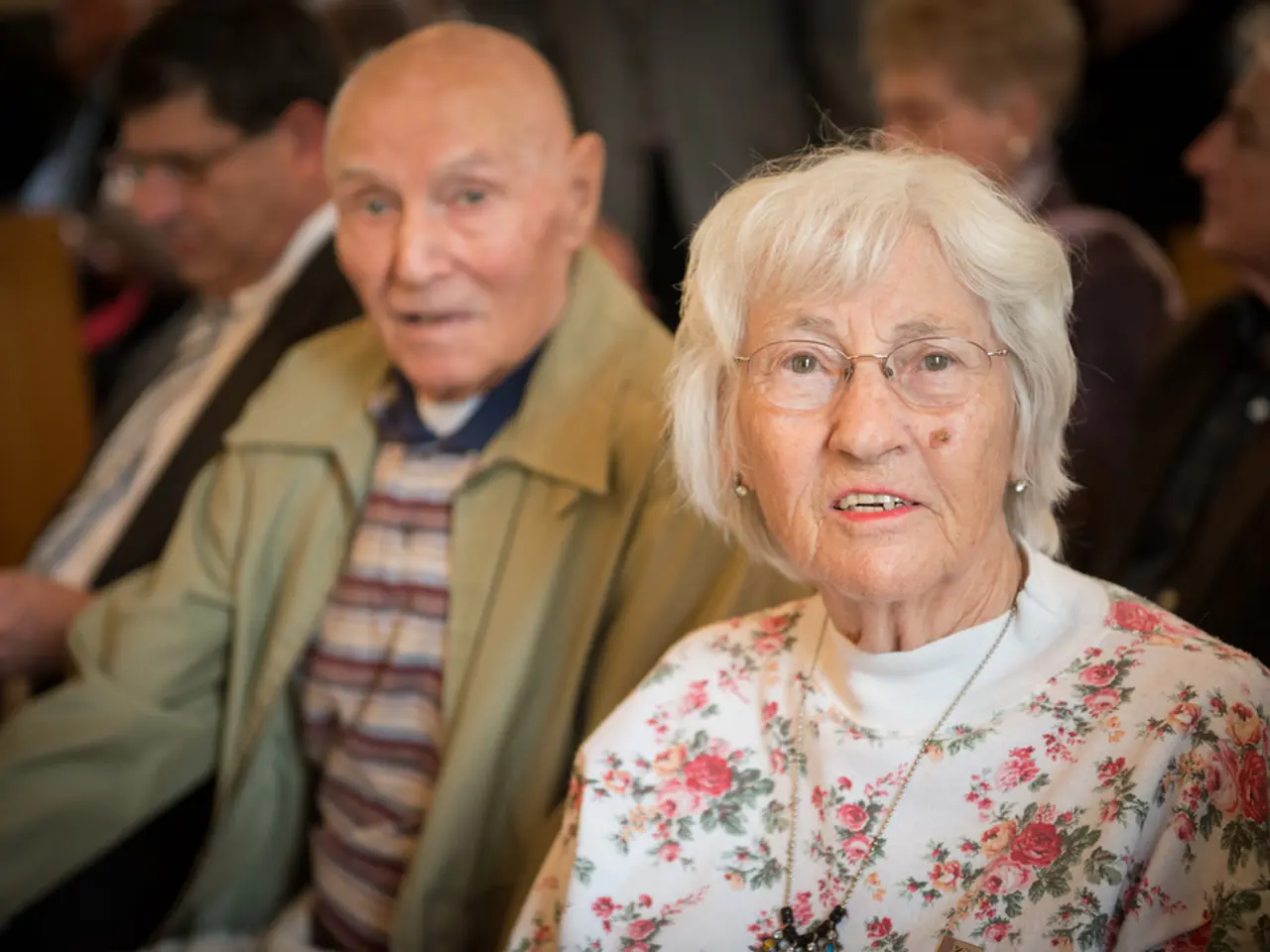Exploring the Necessities and Significance of Family Caregiver Contracts
================================================================
Family caregiver agreements play a significant role in shaping the legal landscape of elder care by formalising caregiver roles and payment arrangements. These agreements help clarify the scope of care, responsibilities, and payment terms, reducing ambiguity and providing a clear understanding of the caregiver's duties and legal standing.
Establishing a Legal Framework
By establishing a written family caregiver agreement, the caregiver's role is formalised, and the agreement acts as documentation that may be required for state or federal programs. This formalisation can impact licensing or authorisation if the caregiver is paid, as some programs have specific provider qualification requirements.
Access to Government Assistance
Written agreements can be essential for eligibility and compliance with government aid programs such as Medicaid or waiver services. Without an agreement, payments to family caregivers might be regarded as gifts, potentially jeopardising Medicaid eligibility. The agreement helps prove that payments are for legitimate caregiving services necessary to avoid institutionalisation, which is a key criterion for program qualification.
Dispute Resolution
Family caregiver agreements reduce potential conflicts among family members and between caregivers and recipients by clearly outlining the caregiver’s duties, payment rates, and expectations. If disputes arise regarding the care scope, compensation, or responsibilities, the agreement provides a reference that can be used in mediation or legal review.
As our society confronts an aging population, legislative bodies may introduce policies that promote the use of family caregiver agreements and provide greater funding for training programs for caregivers. With the help of technological advancements, such as digital platforms and telehealth services, drafting and managing family caregiver agreements are expected to become more streamlined and accessible.
However, changes in circumstances surrounding family caregiver agreements may necessitate modifications, including shifts in health status, care level, or financial situations. Understanding the legal framework surrounding family caregiver agreements is vital, as a well-drafted agreement can impact eligibility for government assistance programs.
When altering family caregiver agreements, consulting with legal professionals is advisable to ensure compliance with elder law regulations and protect the rights of both caregivers and care recipients. Properly constructed family caregiver agreements facilitate smoother interactions and minimise conflicts, ultimately enhancing the welfare of both caregivers and the elderly individuals they support.
- To ensure eligibility for health-and-wellness related government programs and resources, such as telehealth services, it's crucial to have a written family caregiver agreement.
- In family-dynamics, especially when it comes to elder care, relationships between caregivers and recipients can significantly benefit from the clarity provided by a family caregiver agreement, especially in dealing with disputes related to care scope, compensation, or responsibilities.
- As science and technology continue to evolve, digital platforms are expected to make the drafting and management of family caregiver agreements easier and more accessible, which could potentially contribute to improved health-and-wellness and lifestyle for both caregivers and care recipients.




